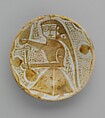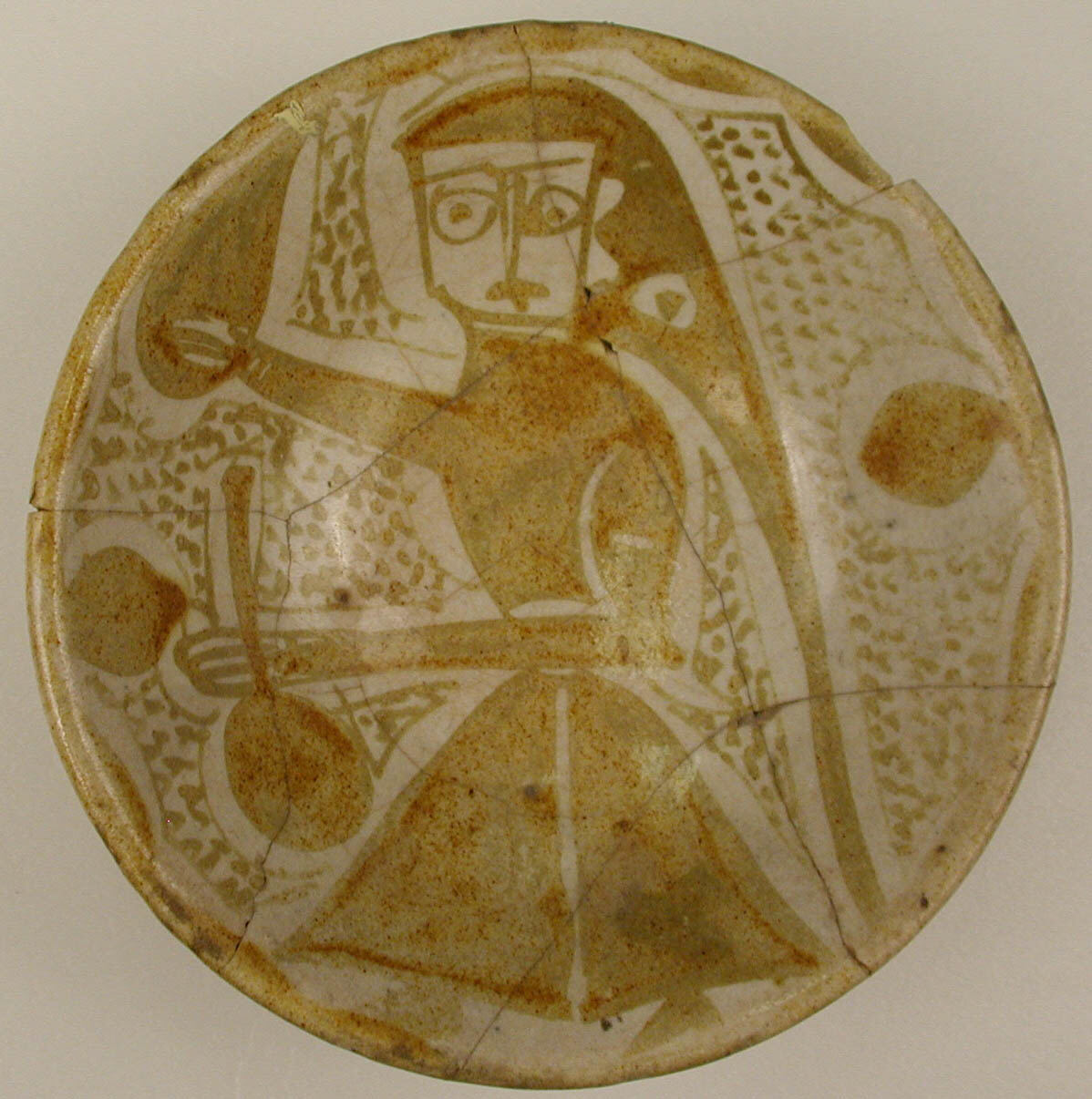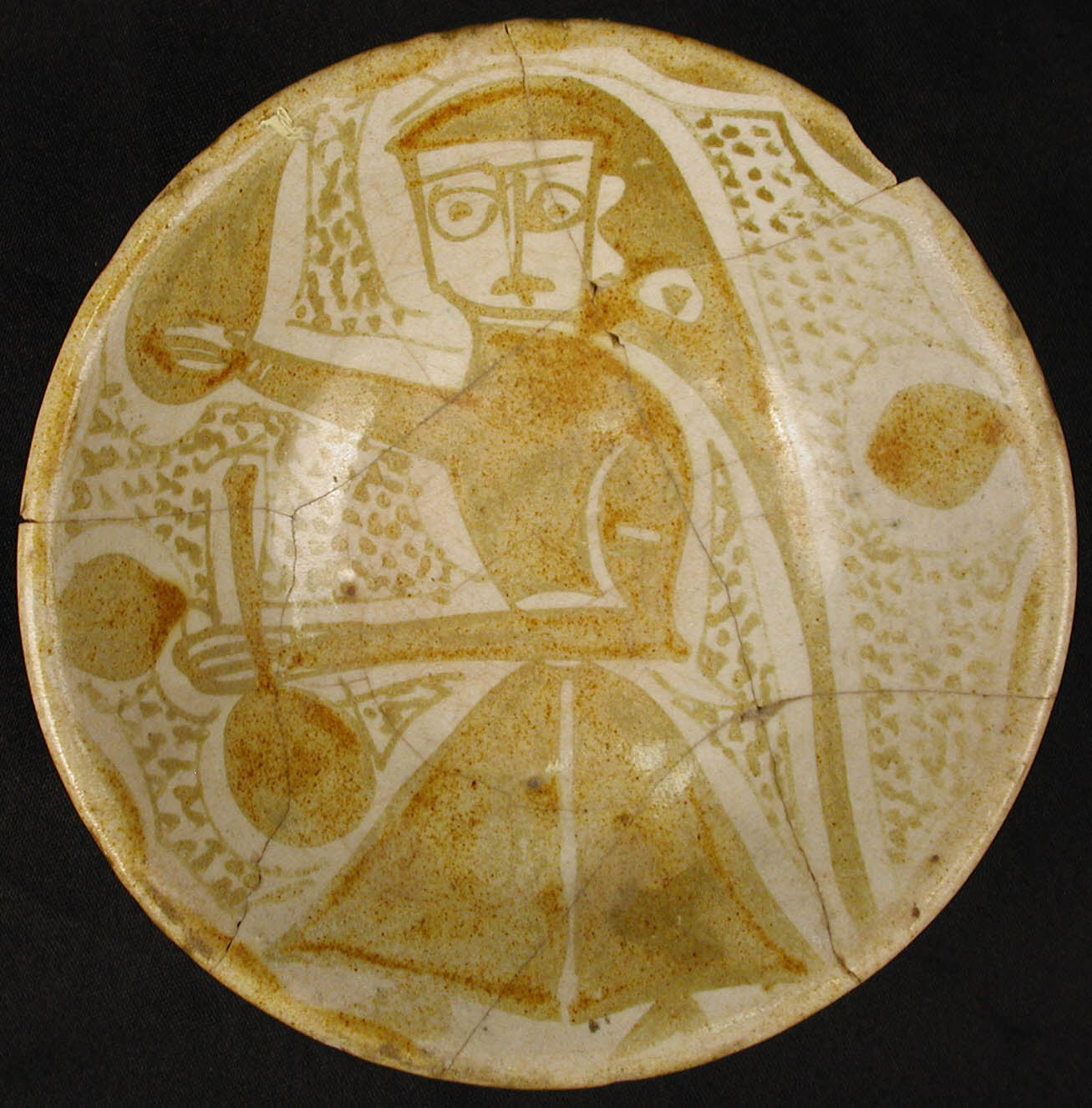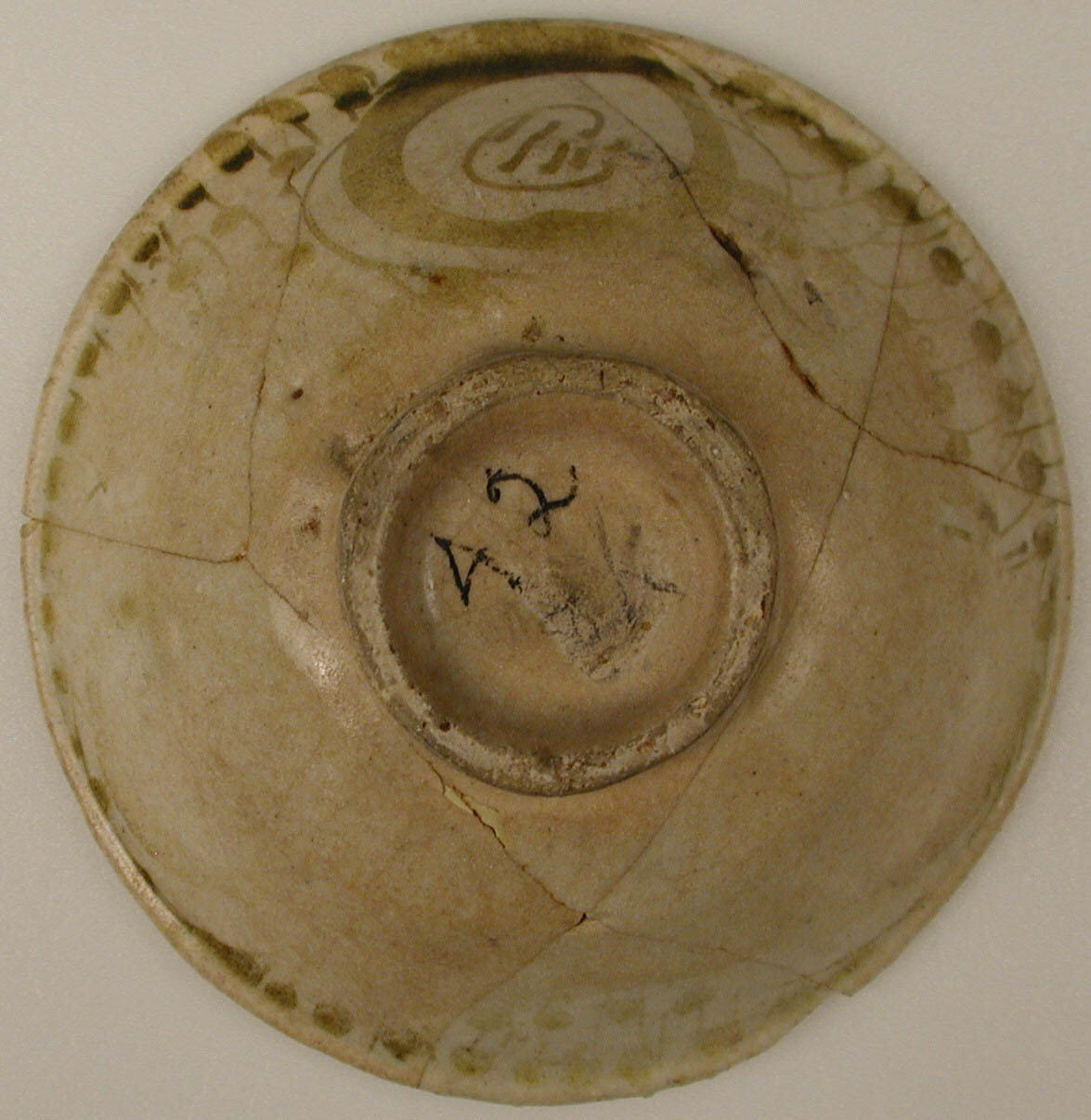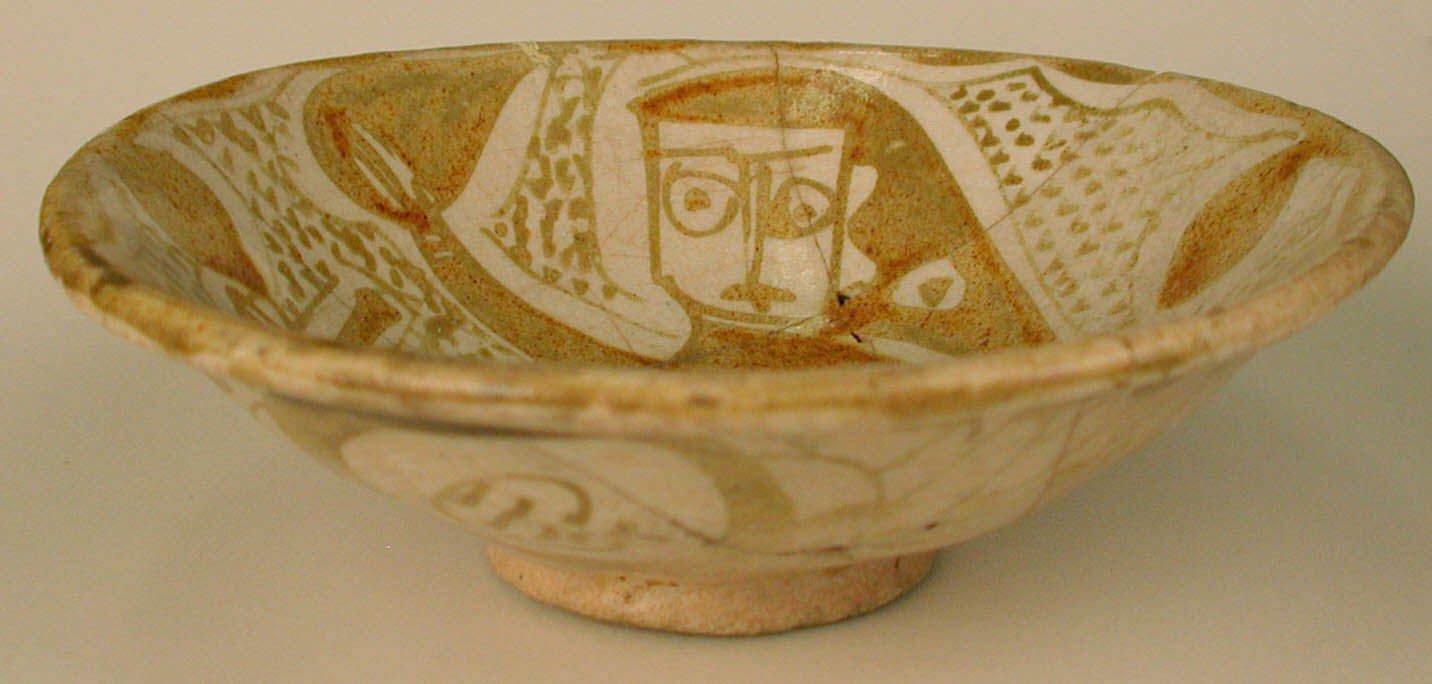Imported Luster Bowl
This luster ware bowl represents just one of the ceramic types from Iraq that was found in Nishapur. Its true metallic sheen—derived from a technique not known to Nishapuri potters—confirms that it was made in Iraq, and its single color dates it to the tenth century. Together with other examples, this bowl is evidence of the active trade between the two regions once Nishapur was incorporated into the Abbasid empire in the eighth century. It does not appear that Nishapur ceramics were very popular in the west, though; they only seem to have traveled in the immediate vicinity of Samarqand, Herat, and Merv, and perhaps to Kirman in southeastern Iran.
Due to rights restrictions, this image cannot be enlarged, viewed at full screen, or downloaded.
This artwork is meant to be viewed from right to left. Scroll left to view more.
